Category Archives for "Engineering"
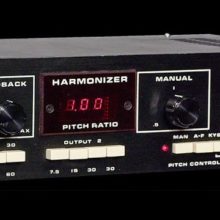
Depending upon how much of a purist you are, pitch correction is either the worst thing to ever happen or a godsend. Regardless of how you come down on the issue, it’s at the very least a necessary evil in today’s music. Here are 5 tips from the 5th edition of my Mixing Engineer’s Handbook that […]
Continue reading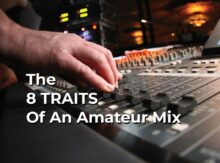
Before you can even delve into creating a great mix, it’s good to be aware of the traits of one that isn’t there yet. These 8 traits of an amateur mix come from the 5th edition of my Mixing Engineer’s Handbook and are useful in picking out problem areas, looking at it from a global […]
Continue reading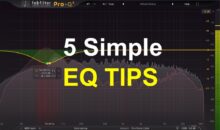
Equalization is one of the most difficult parts of recording to get the hang of since there’s literally almost an infinite number of possibilities. Most of us learn by experience and usually massive amounts of trial and error before our ears become trained to recognize EQ problems when we hear them, but there are some very […]
Continue reading
The essence of mixing is the balance between instruments or mix elements. No matter how good you are at other aspects of the mixing process, if you don’t get the balance right, you don’t have a mix. Here are some questions to ask yourself as well as 6 exercises that will help you visualize your mix before […]
Continue reading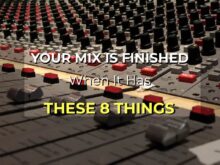
One of the hardest things for many mixers to determine is when a mix is finished. In fact, engineers new to mixing may think a mix is ready in an hour, but a pro will usually take considerably longer in most cases. How much longer? Well, some big hit maker mixers that I know may spend up […]
Continue reading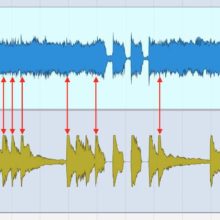
I don’t know about you but I’ve always found that it’s really difficult to do precise edits on a distorted electric guitar track. Here’s a great guitar recording tip that I got from Richard Chycki, engineer for Rush, Dream Theater, Aerosmith and many more that easily solves the problem. I liked it so much I’ve used […]
Continue reading
I recently received a couple of questions on how sound isolation is determined, so I thought it would be a good time to bring this post back. One of the things that many musicians and engineers don’t realize is that there’s a tried and true way to actually measure sound isolation. This excerpt from my […]
Continue reading
The 1176 compressor has been a go-to processor for almost every engineer since its introduction in 1967. Featuring a distinctive tone and a wide range of sounds, the peak limiter has become a studio standard over the years. It can be a little tricky to set up, but there is a more-or-less foolproof way to […]
Continue reading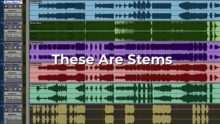
This is happening a lot lately. In a conversation, email, post or comment, someone say, “I received the stems for . . .” or “So I sent the stems to. . .”. If you’ve been around the studio for a while you’re surprised that the person didn’t actually mean “stems” at all, but “tracks.” So […]
Continue reading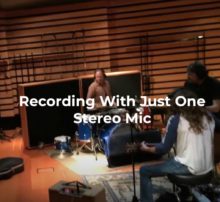
I posted this a long time ago but it’s so good that I’m going to post it again. In this video, engineer John Cuniberti uses just one stereo mic, in this case a AEA R88 stereo ribbon, to record the band San Geronimo – no overdubs, no additional mics. For those of you who don’t know, John […]
Continue reading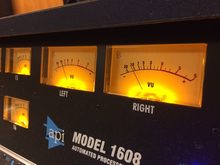
Today there are so many different types of audio metering that we can choose that it can be overwhelming if you let yourself get caught up in it. The fact is that today’s many meter choices all descended from the standard analog VU meter, which is a lot older than you think. Here’s an excerpt […]
Continue reading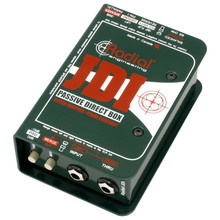
Direct boxes are something that we use every day in recording, yet take for granted because of their simplicity. If you’re not familiar with what they do, then you might be tempted to purchase the cheapest one you find, but there’s a real difference in the sound between brands and models. This excerpt from my […]
Continue reading
Kevin Killen is a great engineer with a host of big time credits (U2, Elvis Costello and Peter Gabriel, for instance) and he’s been much in demand as a mixer for a long time. When I wrote the first edition of The Mixing Engineer’s Handbook, Kevin was one of the mixers I most wanted to […]
Continue reading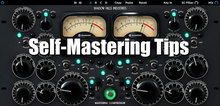
The mastering tools available today are so powerful that it’s easy to do more harm than good when self-mastering. Yes, you’re better off using an experienced mastering engineer, but for many artists, bands and songwriters, that’s just not in the budget. Here are a few self-mastering tips from the 4th edition of my Mastering Engineer’s […]
Continue reading
It’s surprising how often handclaps are used, either as an enhancement to the backbeat or as a standalone mix element. That said, getting a great clap sound can be elusive, as the huge effect that everyone expects is more difficult to achieve than you might expect. Here are 5 techniques that you can use for […]
Continue reading